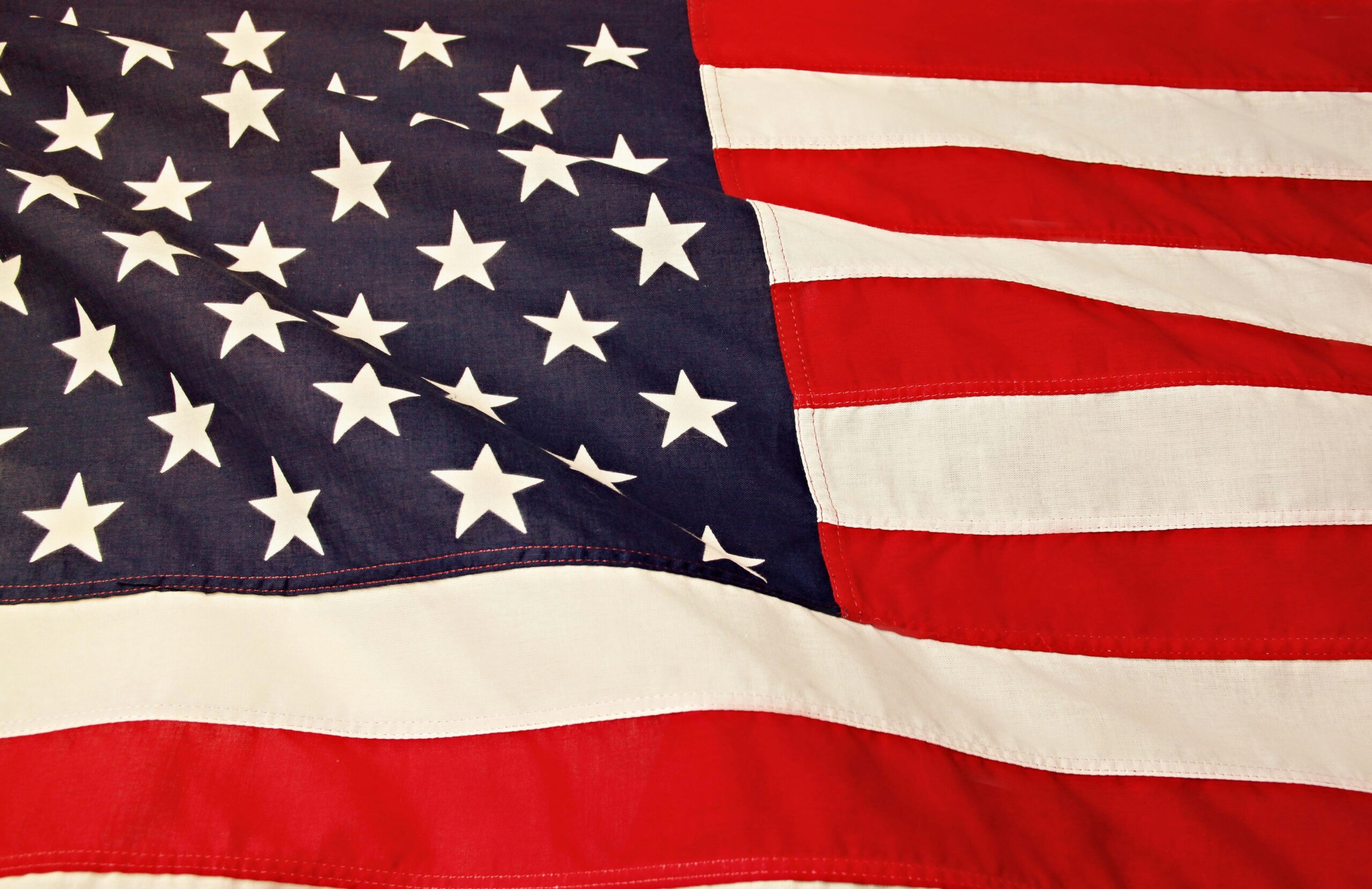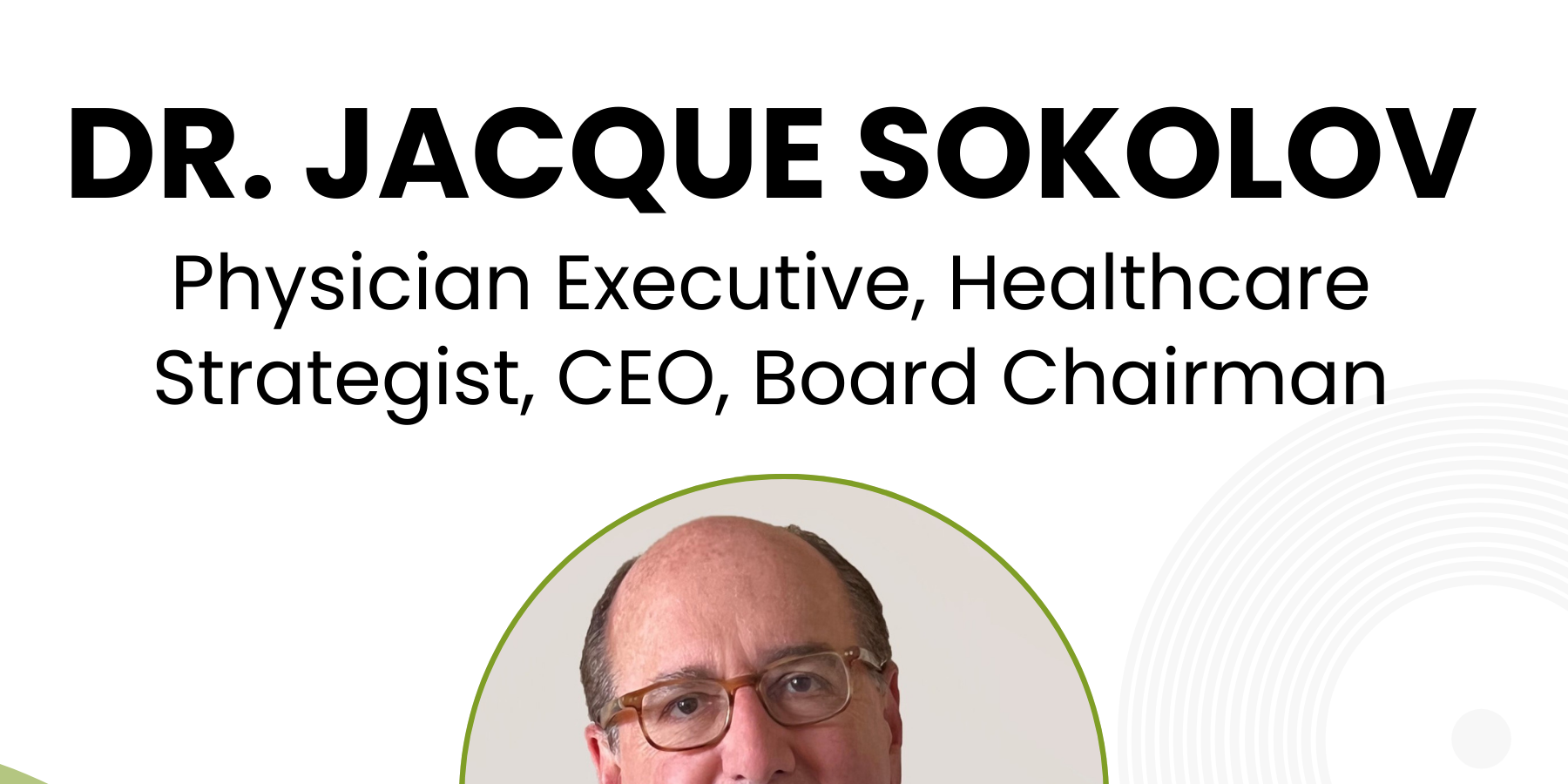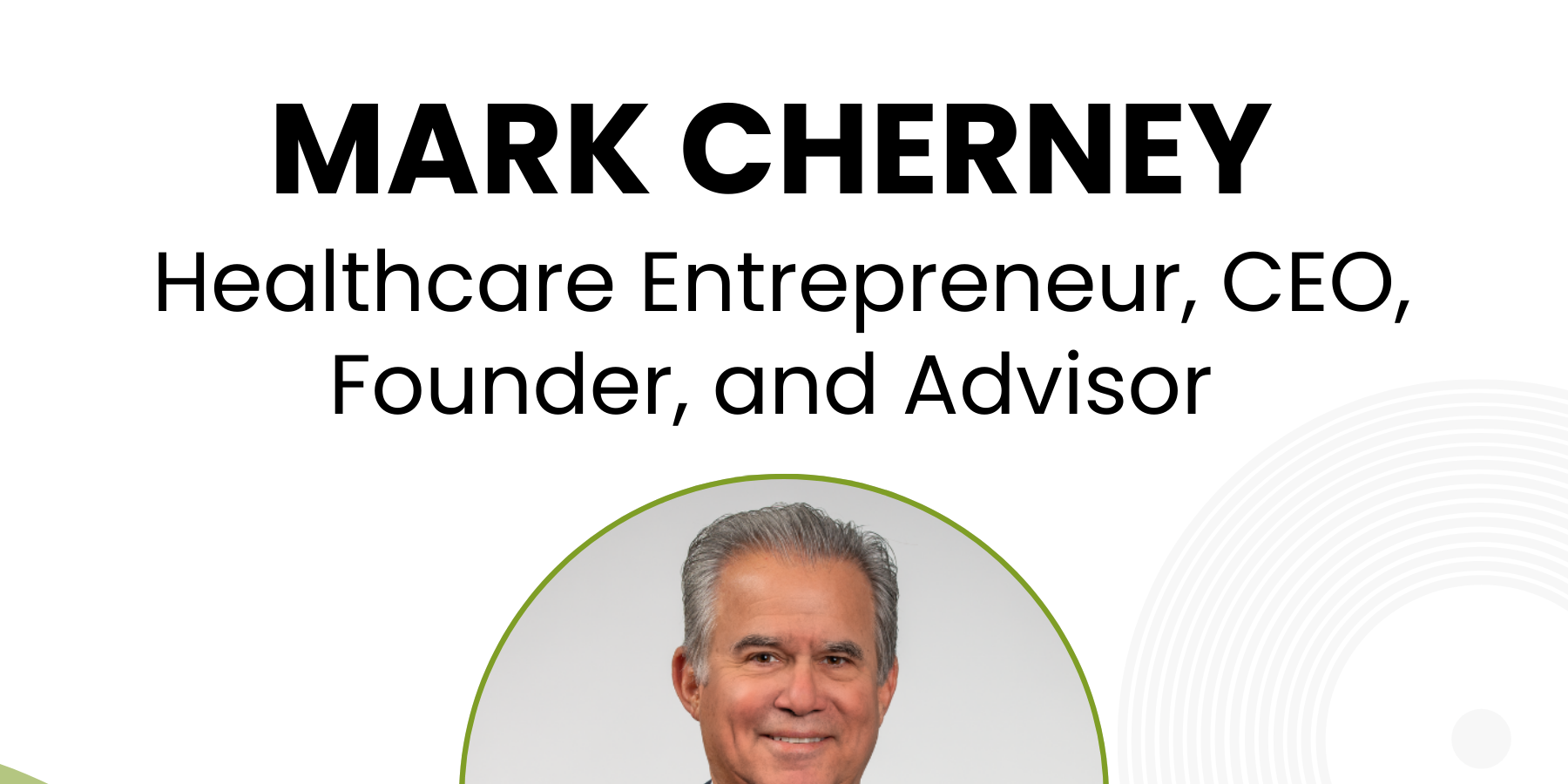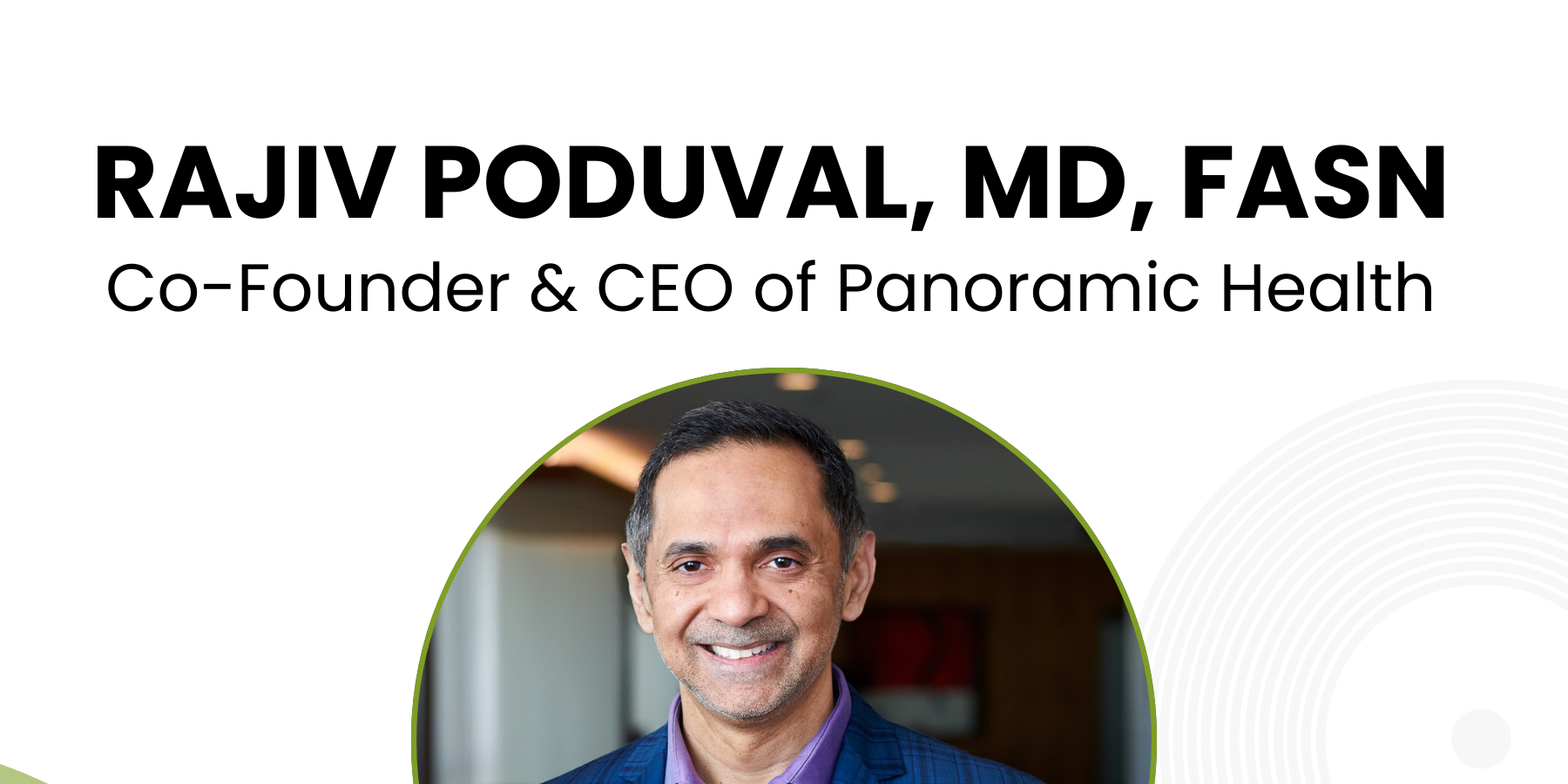How Recent Tariffs Can Reshape Healthcare Costs — and Spark a New Era

With a new wave of tariffs taking effect this month, the healthcare industry is bracing for disruption. President Trump’s executive order introduced a 10% tariff on all imports starting April 5, with higher tariffs paused for now. While the full impact remains uncertain, the direction is clear: healthcare costs are expected to rise, and supply chains may see new challenges.
Surveys show that 82% of industry experts expect hospital costs to increase by 15% within six months, and 70% predict at least a 10% jump in pharmaceutical costs, much of it driven by the U.S.’s dependence on Chinese ingredients. Procurement delays, postponed upgrades, and inflation-driven wage pressures are all in play, putting added strain on employers and payers.
But amidst these challenges lies a potential opportunity: a tailwind for domestic innovation.
Tariffs, though broadly negative in the short term, may incentivize a shift toward U.S.-based solutions, particularly in preventative health where cost savings, independence from imports, and long-term outcomes align.
For investors and employers alike, this moment may accelerate interest in healthtech startups that reduce downstream costs, improve early detection, and localize care delivery. While traditional cost forecasts suggest 4–6% annual increases in employee healthcare coverage, this economic inflection point could help redirect capital into preventive models that fundamentally reshape how we manage wellness.
This moment may represent more than just short-term disruption, and it can be viewed as a turning point. As tariffs strain traditional models and heighten the need for cost-effective, domestic solutions, prevention is emerging not just as a clinical goal, but as a strategic imperative. If this shift continues, we may see prevention move to the center of healthcare policy and investment priorities.









